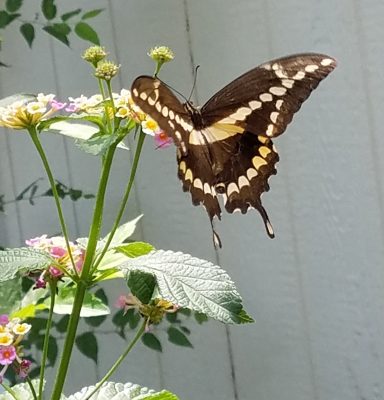When should seeds be collected? And can they be collected after they freeze?
First, let’s address the issue of freezing. Since most plants will complete their flowering and fruit production prior to any freezing conditions, this is normally a moot point, since you’ll collect them from the plant before they fall to the ground.
Dried seeds really aren’t susceptible to freezing temperatures. Since they’re dry, there’s no water inside them to freeze. But if for some reason the seeds are not mature and dry, yes, they would freeze if left on the plant too long, and thus most likely would not be viable.
For plants that have dry fruit at maturity, like beans and most annual and perennial flowers, you’ll leave them on the plant until they dry completely. Harvest, remove the seeds from seed pods and spread them out to completely dry indoors.
For plants that have wet fruits at full maturity, like squash, pumpkins, and tomatoes, you’ll harvest the fruit at the “normal” time, then remove the seeds from the fleshy fruit and allow them to dry.
For all seeds, it’s best to keep them in a cool, dark, dry place, either in small paper sacks or in plastic containers.
Then plant according to life cycle, in either fall or spring. For specific information for particular plants, contact your local county Extension office.

